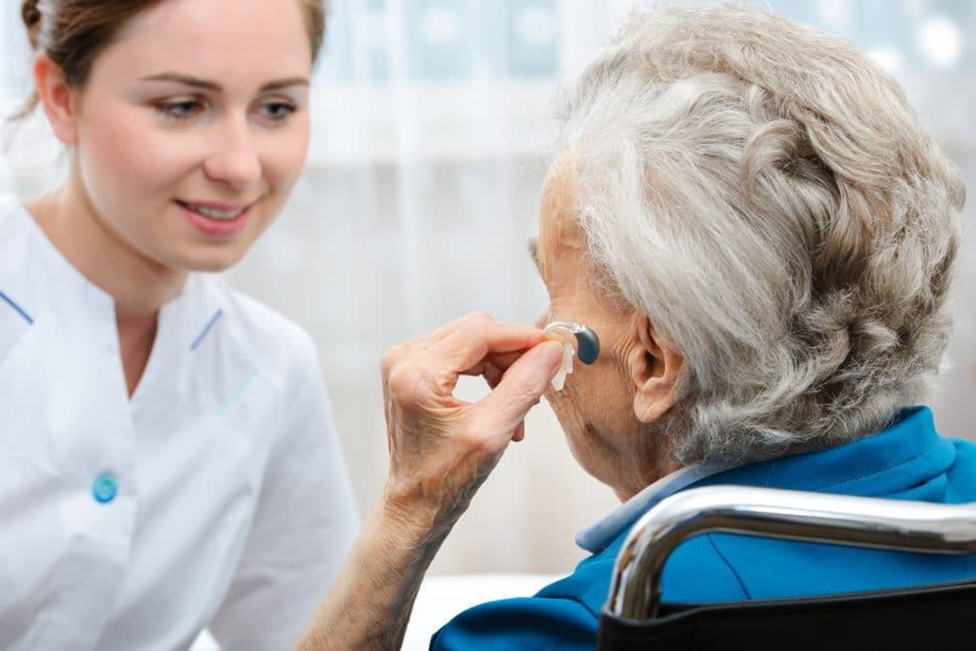A nurse is planning care for a client who is prescribed a cane for ambulation. Which of the following nursing actions should the nurse include in the plan of care?
Remind the client to place the cane on the unaffected side.
Adjust the length of the cane to equal the distance from the client's iliac crest to the floor.
Remove the rubber tip from the cane to enhance ambulation.
Place the cane safely in the closet during naps and at bedtime.
The Correct Answer is A
A. Placing the cane on the unaffected side helps to provide better support and balance for the client. It allows the client to shift weight away from the affected side, reducing strain and risk of falls.
B. The cane should be adjusted to the height of the wrist crease when the client stands with arms relaxed at their sides, not the iliac crest. This ensures proper posture and effective use of the cane.
C. Removing the rubber tip from the cane is unsafe as the rubber tip provides traction and prevents slipping. Without it, the cane could easily slide on smooth surfaces, increasing the risk of falls.
D. Placing the cane in the closet during naps and bedtime is not practical. The client may need to use the cane immediately upon waking, and it should be easily accessible to prevent accidents.
Nursing Test Bank
Naxlex Comprehensive Predictor Exams
Related Questions
Correct Answer is C
Explanation
A. Water intoxication can lead to dilutional hyponatremia, which may result in fluid shifting into cells, causing cellular swelling and potentially cerebral edema, but generalized edema is not typically associated with water intoxication.
B. Water intoxication leads to dilution of electrolytes, including sodium, which results in decreased urine specific gravity rather than elevated.
C. Thready pulse is a common finding in water intoxication due to electrolyte imbalances and hemodilution.
D. Increased hematocrit is not typically associated with water intoxication; rather, it may indicate dehydration or hemoconcentration.
Correct Answer is B
Explanation
A. Speaking directly into one of the client's ears may be ineffective if the client has bilateral hearing impairment or if the hearing impairment is not related to the ear anatomy.
B. Rephrasing sentences the client does not understand can help clarify communication and ensure the client receives necessary information.
C. Dropping voice volume at the end of sentences can make it difficult for the client to hear the entire message, especially if the client relies on lip-reading or amplification devices.
D. Exaggerating lip movements may not be helpful for all clients with hearing impairment and may not accurately convey the intended message. Instead, clear and natural lip movements should be used along with other communication strategies such as rephrasing sentences and facing the client directly.

Whether you are a student looking to ace your exams or a practicing nurse seeking to enhance your expertise , our nursing education contents will empower you with the confidence and competence to make a difference in the lives of patients and become a respected leader in the healthcare field.
Visit Naxlex, invest in your future and unlock endless possibilities with our unparalleled nursing education contents today
Report Wrong Answer on the Current Question
Do you disagree with the answer? If yes, what is your expected answer? Explain.
Kindly be descriptive with the issue you are facing.
